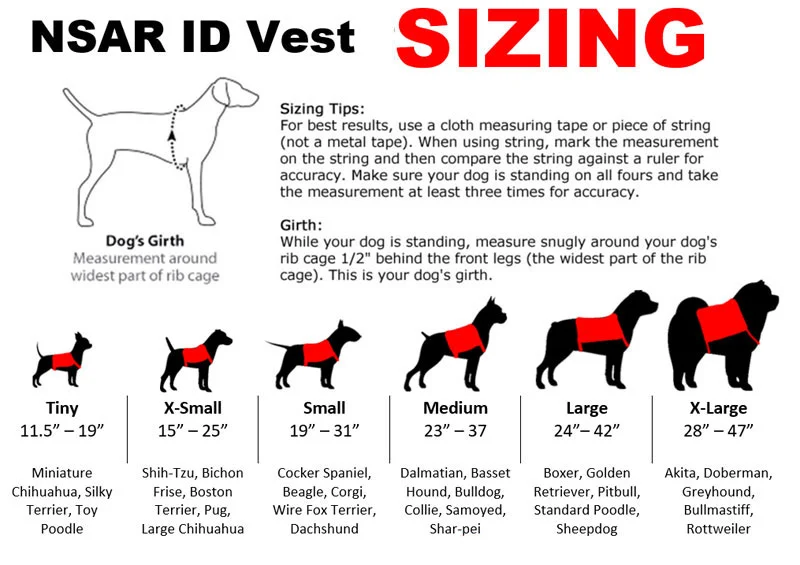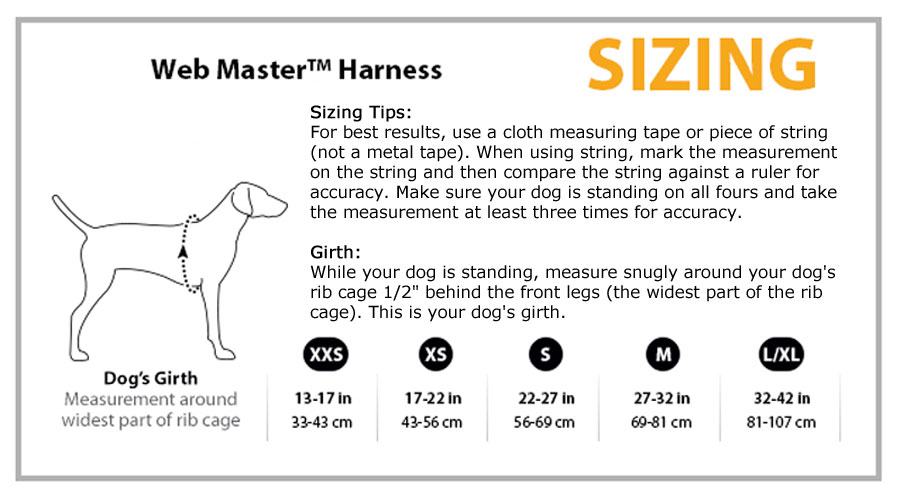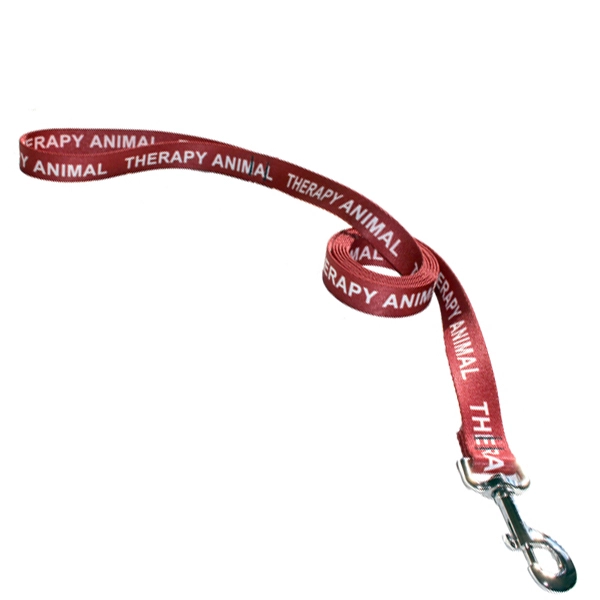
In the world of pet ownership, the love and connection between humans and their animals are profound. From the loyal service dogs aiding those with disabilities to the comforting presence of therapy animals and the companionship provided by pets and emotional support animals, the bond between humans and animals is unparalleled. As devoted pet owners, it is our responsibility to ensure their safety and well-being. One crucial aspect often overlooked is the alarming issue of pet theft. This article delves into the emotional ties that bind us to our animal companions and sheds light on the significance of Pet Theft Awareness Day.
Pet Theft Awareness Day: A Date to Remember
Every year, on Pet Theft Awareness Day, a poignant reminder surfaces for pet owners across the globe. This day serves as a collective call to action, urging us to recognize the threat of pet theft and take preventive measures to safeguard our furry friends. For those who rely on service dogs, emotional support animals, and therapy animals, the stakes are even higher, making the observance of this day crucial.
The Legal Landscape: Navigating Pet Theft Laws
Understanding the legal aspects surrounding pet theft is paramount for all pet owners, especially those whose animals serve critical roles in their lives. While laws may vary, it is crucial to be aware of local regulations and take steps to secure our pets within the bounds of the law. This section will explore the legal considerations related to pet theft, emphasizing the need for updated legislation to protect our service animals and therapy companions.

The Emotional Toll: A Pet Owner’s Perspective
The emotional toll of losing a pet, be it a service dog, therapy animal, or beloved companion, is immeasurable. This section will share heartwarming stories and testimonials from pet owners who have experienced the trauma of pet theft. By tapping into the emotions of our readers, we aim to create awareness and encourage proactive measures to prevent such heart-wrenching incidents.
Community-Driven Initiatives: Uniting for Prevention
Pet theft prevention requires a collective effort from communities. This section will propose community-driven initiatives, such as neighborhood watch programs and awareness campaigns, to foster a sense of responsibility and vigilance among pet owners. By joining forces, we can create a supportive environment that deters potential thieves and protects our beloved animals.
Technology as an Ally: Embracing Innovation for Security
In the age of technological advancements, we have at our disposal various tools to enhance pet security. This section will explore the role of microchipping, GPS trackers, and other innovative solutions in preventing pet theft. By staying informed about available technologies, pet owners can take proactive steps to secure their animal companions effectively.
Conclusion: A Pledge to Protect
As we commemorate Pet Theft Awareness Day, let us reaffirm our commitment to protecting our furry family members. By understanding the legal landscape, sharing our emotional stories, and actively participating in community-driven initiatives, we can create a safer world for our pets. Let this day serve as a reminder that our bond with animals goes beyond companionship—it is a responsibility that demands our unwavering dedication. Together, we can build a future where pet theft becomes a distant memory, and our furry friends can thrive in a world full of love and security.
Brought to you by National Service Animal Registry. Learn more about us and how to qualify your pet as a service dog, emotional support animal (ESA), or therapy animal, TODAY!



























